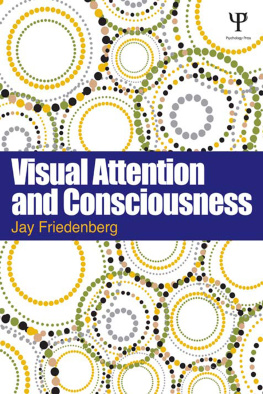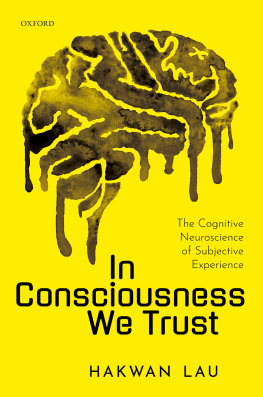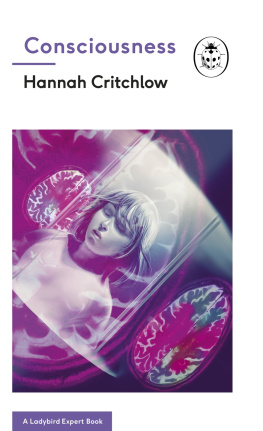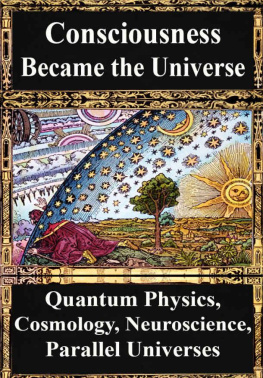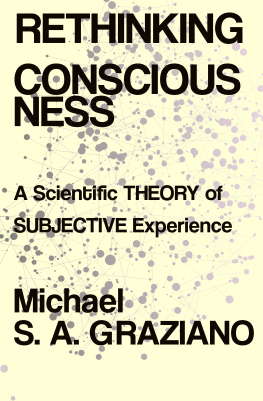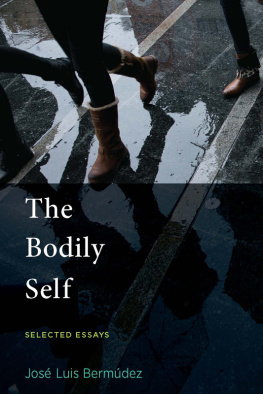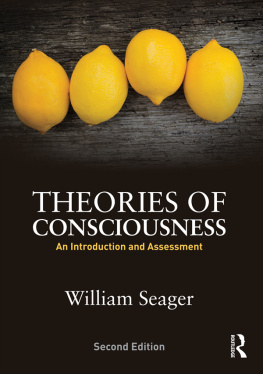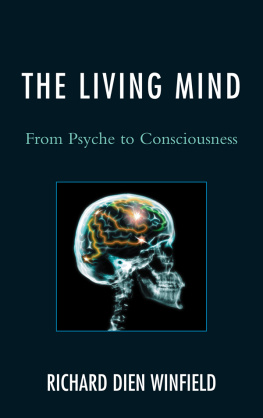Visual Attention and Consciousness
Consciousness is perhaps one of the greatest mysteries in the universe. This ambitious book begins with a philosophical approach to consciousness, examining some key questions such as what is meant by the term conscious, and how this applies to vision.
The book then explores the major visual phenomena related to attention and conscious experienceincluding filling-in processes, aftereffects, multi-stability, forms of divided attention, models of visual attention, priming effects, types of attentional blindness, as well as various visual disorders. For each phenomenon, the biological and cognitive level research is reviewed. Themes touched upon throughout are the relation between consciousness and attention, automatic vs. willful processes, singularity vs. multiplicity, and looking without seeing.
The book concludes with an evolutionary approach, describing possible functions that visual consciousness may serve and how those may affect the way we see.
The systematic review of key topics and the multitude of perspectives make this book an ideal primary or ancillary text for graduate courses in perception, vision, consciousness, or philosophy of mind.
Jay Friedenberg is Professor and Chair of Psychology at Manhattan College. He has previously written textbooks on artificial intelligence, dynamical systems and cognitive science, and has published articles on center estimation, symmetry perception and the perceived aesthetics of geometric forms.
Visual Attention and Consciousness
Jay Friedenberg

First published 2013
by Psychology Press
711 Third Avenue, New York, NY 10017
Simultaneously published in the UK
by Psychology Press
27 Church Road, Hove, East Sussex BN3 2FA
Psychology Press is an imprint of the Taylor & Francis Group, an informa business
2013 Taylor & Francis
The right of Jay Friedenberg to be identified as author of this work has been asserted by him in accordance with sections 77 and 78 of the Copyright, Designs and Patents Act 1988.
All rights reserved. No part of this book may be reprinted or reproduced or utilised in any form or by any electronic, mechanical, or other means, now known or hereafter invented, including photocopying and recording, or in any information storage or retrieval system, without permission in writing from the publishers.
Trademark notice: Product or corporate names may be trademarks or registered trademarks, and are used only for identification and explanation without intent to infringe.
Library of Congress Cataloging in Publication Data
A catalog record for this book has been requested
ISBN: 978-1-84872-905-6 (hbk)
ISBN: 978-1-84872-619-2 (pbk)
ISBN: 978-0-203-07385-8 (ebk)
Typeset in Times by Swales & Willis, Exeter, Devon
Visit the Taylor and Francis Web site at
http://www.taylorandfrancis.com/
and the Psychology Press Web site at
http://www.psypress.com
Contents
Acknowledgements
I would like to acknowledge the efforts of my research assistant Elena Rotundo for her speed and diligence in completing the reference list, author index, and subject index.
Introduction
THEMES AND CHAPTER ORGANIZATION
We cover a lot of ground in this book, surveying the empirical literature on many different aspects of visual attention and consciousness. In order to organize all this information and show how it is inter-related we divide the subject up into seven main themes. We devote one or two chapters to developing each of these themes, a preview of which is given below. Each chapter section that describes a unique perceptual phenomenon begins with an everyday example followed by a definition. We then discuss the perceptual, cognitive, and neuroscience research on the topic and how it relates to visual attention and consciousness.
THEME 1: CONSCIOUSNESS AND ATTENTION
We start by introducing the concept of consciousness. There are many different types of conscious experience so we briefly present different proposed categorization schemes. Our focus will be entirely on perceptual consciousness, specifically visual conscious experience. We then introduce attention and describe how it differs from consciousness. Attention and consciousness are closely related but recent work shows that they are not the same. It is possible to be conscious of something while not paying attention to it and to pay attention to something while not being conscious of it. Following this we present several classic thought experiments on consciousness and frame the major philosophical issues. The scientific approach to studying this phenomenon advocates a monist materialist stance that should attempt to bridge the explanatory gap between objective and subjective measures of awareness. Consciousness is best studied using both older reductionist and newer emergent approaches.
Because much of what we will discuss centers on underlying brain areas, we will introduce some of the anatomical and physiological underpinnings of vision before getting into a detailed description of the literature. The brain areas underlying conscious and unconscious vision are discussed along with the idea of the neuronal correlates of consciousness and the theory of neural synchrony. We then sketch out the structural and functional basis of visual attention along with biological models and some of the problems encountered in doing this type of research. In we present different varieties of attention including preattentive and attentive, exogenous and endogenous, and object- and space-based forms.
THEME 2: AUTOMATIC MECHANISMS
Our visual world is actively constructed and a lot of what we experience is the result of lower level automatic processes. We arent aware of our blind spot even though there are no photoreceptors in this part of the retina to provide information about what is located there. We dont notice the world jumping whenever we make an eye movement because of saccadic suppression. The visual system fills in this region so that we arent even aware that we are missing anything. There are also more complex types of filling in that occur. In perceptual completion, we build up the hidden parts of objects that are occluded so that they seem complete even though we glimpse only a part of them.
It is easy to fatigue the visual system if we look at something for too long. Under these conditions we often experience aftereffects. We examine three different types of aftereffects for color, motion, and tilt in which we seem to bounce back and be aware of stimuli that are the opposite of what weve been staring at. These experiments demonstrate that opponency and mutual inhibition are an important part of how we see. Another instance of opposing effects in perception comes from binocular rivalry, figure ground, and ambiguous figures. In these cases the stimulus remains constant but we alternate back and forth between two different perceptions, each fighting to dominate our awareness.
THEME 3: SINGULARITY AND MULTIPLICITY
Is consciousness a single thing or are there many different streams of it? This question has occupied philosophers for millennia. Only in recent years has science been able to give us a better answer. It is possible to focus on a single thing at a time. This is known as selective attention. We survey the many models of selective attention that have been proposed to explain how it is we choose to have one thing enter awareness. We then contrast this with what is also true: our ability to split or divide our attention such that we can take in many different things at once.

